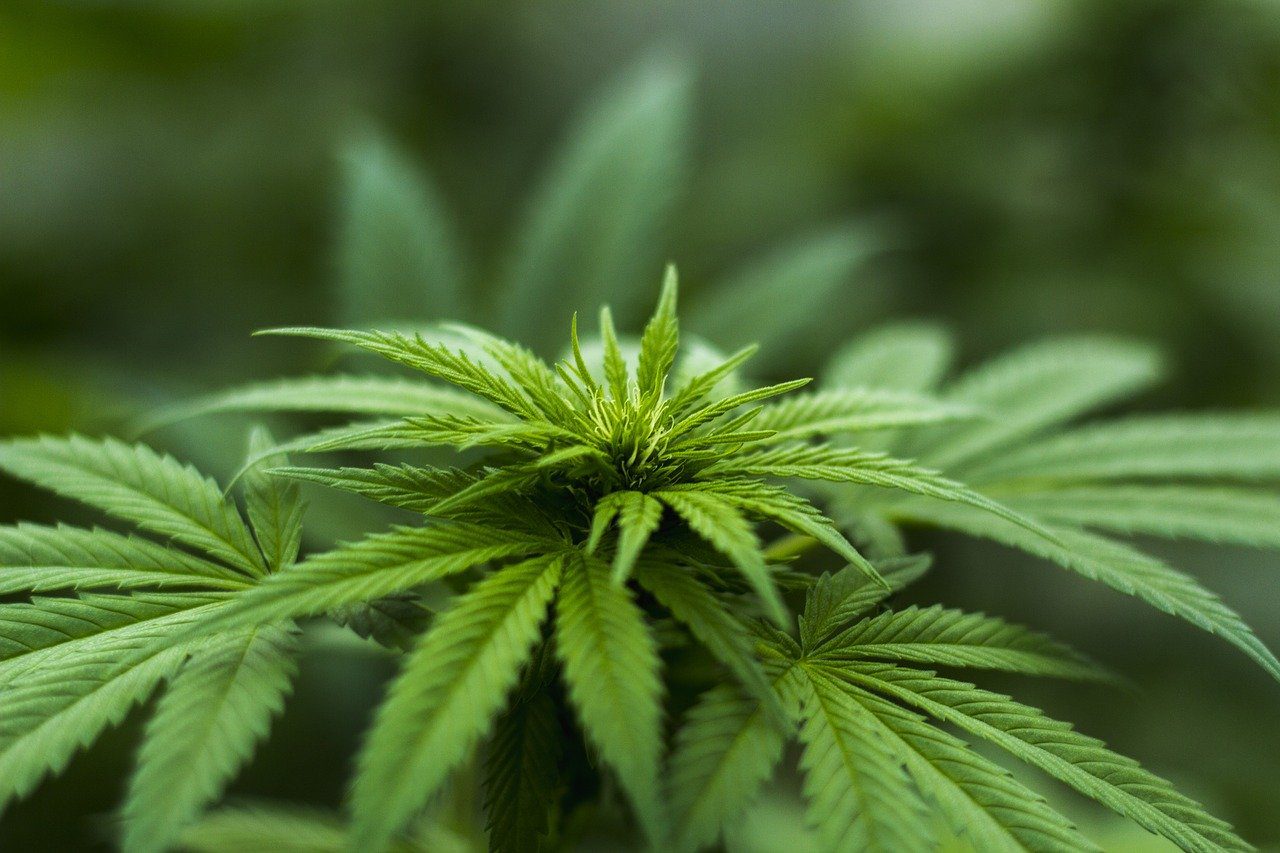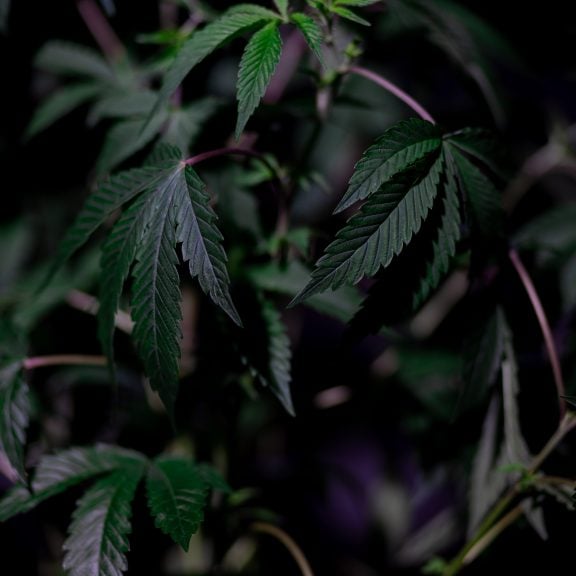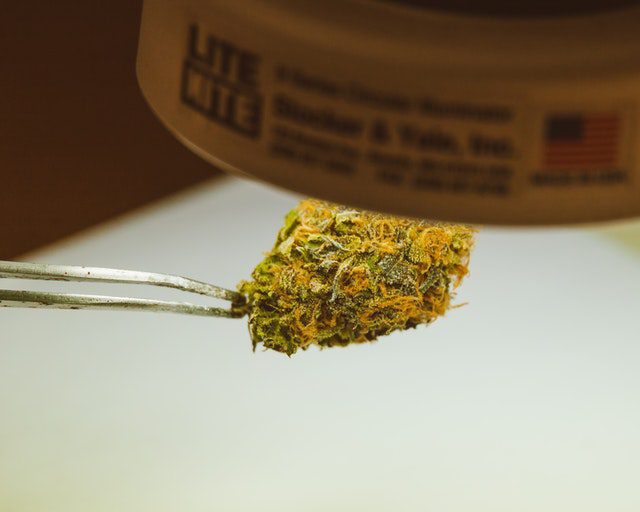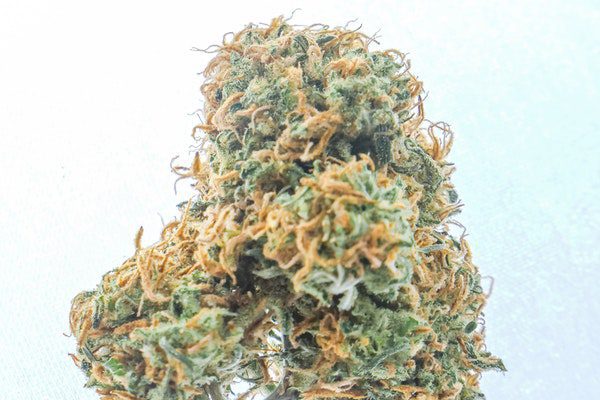
Finding the Best Cannabis: Indica vs. Sativa
You’re finally ready to try medical or recreational cannabis. You walk into a dispensary and are instantly overwhelmed. Indica vs. Sativa: what does it mean?
With growing legalization you can be confronted with everything from standard weed flower and pre-rolled joints to shiny products ranging from cookies, cakes, cannabis-infused cocktails, gummies, vapes, and tinctures, what to choose? In some states, you can even buy live plants.
Indica vs. Sativa: What is the Difference Between Them?
The simplest classification of marijuana products is Indica, Sativa, and hybrid. Cannabis indica and Cannabis sativa are two main species of the cannabis plant. Countless strains are a hybrid of the two.
Understanding the differences between these two strains of cannabis can help you navigate the countless colorful options at your local dispensary. But, how these products affect you can still vary.
The Indica, Sativa, and hybrid can at least help you with selecting your cannabis products and have a general estimation of how you might feel.
Indica vs. Sativa vs. Hybrid
Research has shown that these classifications do not do much to showcase the actual chemical breakdown of cannabis products. In addition, there is no guarantee they will reliably affect you in a certain way.
Do you want something to increase your energy or calm you down? Need help with muscle aches, or do you want something to spark creativity?
The Indica, Sativa, and hybrid classifications have helped the cannabis industry market products and give consumers an understanding of what they may experience. But things are changing.
The general basis was that many products were based on the original strain of cannabis they were made from. However, given the amount of cannabis cultivation since it’s been legalized, many strains can become a hybrid.
This guide will help you better understand the lay of the land while also getting a fuller picture of cannabis, its various varieties, and how to predict your experience better.
Cannabis legalization has shifted the focus from the variety of the cannabis plant to a focus on the actual dosage of the product. In addition, there is a special focus on the number of chemical compounds called cannabinoids.
This comprehensive guide will explain the main differences between India vs. Sativa products and the new classification system so you can select the best cannabis products for you.

What is Indica?
Indica is a classification of cannabis known scientifically as Cannabis Sativa Indica.
Anecdotally, indicas are known for their “body high.” In addition, they’re known to be more relaxing and can help with anxiety or insomnia.
Indica plants tend to have short, bushy plants with woody stalks. Cannabis indica leaves tend to be a broader and darker green. They can also tend to have a natural skunky smell.
Indica plants also tend to have a shorter flowering time and can begin to produce buds in around 6 to 9 weeks. Indicas are recommended for treating insomnia, pain, inflammation, muscle spasms, epilepsy, and glaucoma. The “high” can be relaxing and sedating, but this is mostly from word of mouth. However, science has found a connection with THC helping with insomnia.
Is Indica an Upper or a Downer?
Indica strains can vary but tend to be more of a downer. They’re known for their sedative properties that can help with sleep, relaxation, pain relief, and stimulate the appetite.
Sometimes referred to as “in da couch,” many report Indica strains help them relax so much it can lead to “couch lock,” meaning you’re so relaxed you don’t want to move.
It’s often advised to use indicas for sleep or later in the day to maintain productivity.
Indicas tend to have more CBD and can have a 1:1 ratio with THC. This is often why they are thought to be more relaxing. However, the real cause of their relaxing benefits is their higher concentration of a compound called myrcene.
That being said, Indica strains can still vary in their chemical breakdown. Cannabinoids and other chemicals called terpenes can affect how you feel when using these products.

What is a Sativa?
Known scientifically as cannabis Sativa Sativa, sativas are more known for their “head high.” They’re renowned for their energizing effects and tend to help with creativity and depression.
Cannabis sativa plants tend to be tall and thin with a lighter green color and thinner leaves. Their stalks tend to be more fibrous and can flower in 10 to 14 weeks. They’re known to have an herbal or sweet smell.
Sativas are recommended for treating depression, headaches, nausea, and loss of appetite. The “high” is described as energizing and activating.
Is Sativa an Upper or a Downer?
Sativas tend to be more of an upper. They’re known to have more THC and are renowned for increasing your energy.
They’re known for boosting focus and can help ease the symptoms of depression.
Sativas can help with creativity and are advised for use during the day. Some users even report using Sativa in the morning as a substitute for caffeine or before workouts.
What is a Hybrid?
Cannabis has been cultivated for thousands of years. Selective breeding has created countless variants called hybrids. Some can be Sativa dominant or Indica dominant. This is often how they may be described at your local dispensary.
These descriptions can help you select products to know if they’ll be more energizing or relaxing.
However, so many different hybrids have been interbred for their ability to flower quickly, have higher levels of THC, or create different experiences.
There are now so many hybrids and very few true indicas and sativas. Unfortunately, this is also causing a lack of reliability when selecting products based solely on Indica, Sativa, or a hybrid.
Apply for a Medical Marijuana Card Online Today
Join over 100,000 patients who have chosen Green Health Docs as their medical cannabis doctors. We have a 99% approval rate and offer a 100% money back guarantee!
Indica Vs. Sativa: What is the Best Choice for You?
When pursuing medical marijuana, it’s vital to have a clear understanding from your doctor about what you will be using it for. This will help you when seeking out products.
Many dispensaries are prepared with staff who understand the science of cannabis, and new information continues to come out regarding the various benefits.
With more states legalizing recreational cannabis, there are no qualms with experimenting, but when treating a health issue with cannabis, you want to have the right balance of compounds.
Here’s a helpful quiz with a list of strains for various symptoms.
There is a shift from only considering Indica vs. Sativa. Now, cannabis products must list their breakdown of THC, CBD, occasionally THCa, and some of the common terpenes.
How Reliable Are These Classifications for Customers?
In a study of over 100 cannabis products, scientists found that the simple classification of Indica vs. Sativa did not adequately offer a full understanding of how you might feel when using the product.
Instead, they stated that looking at the breakdown of terpenes in the specific strain might offer a clearer picture of the cannabis strain’s effects.
Dr. Ethan Russo MD described the Indica vs. Sativa model as “total nonsense and an exercise in futility.”
The legalization of cannabis has led to more regulation. That includes testing products for contaminants and getting a full picture of their cannabinoids and terpene content.
It can give a clearer picture of how the product might affect you, as a general understanding of THC, CBD, and the various terpenes can help you better anticipate the product’s effects.

What Are Terpenes?
Many dispensaries approach the sale of cannabis the same way you might sell wine. You can smell the flower and find citrus or pepper notes in the way you might with a wine’s bouquet.
The chemicals responsible for those scents are the terpenes. These compounds can give plants, and even some animals, their aroma, flavor, and color.
Various cannabis plants can have scents similar to lavender, oranges, hops, pepper, or berries because they share the same terpenes.
These terpenes can also be responsible for certain effects. For example:
- Myrcene is found in thyme, lemongrass, and mango. It’s linked to the “couch-lock” effect in many Indica strains.
- Caryophyllene, found in black pepper, cloves, basil, cinnamon, and oregano, is known for its anti-inflammatory capabilities.
- Terpinolene is found in nutmeg, lilac, and cumin. Its complex scent profile can vary from floral and herbaceous to “fresh.” It’s associated with the uplifting effects you might attribute to a Sativa.
- Limonene is found in citrus rinds and juniper and is known for being best for stress relief.
With a greater understanding of how cannabinoids and terpenes affect the body, it’s clear why there’s a shift from the Indica vs. Sativa model, which can only approximate how your body will be affected.
Rigorous testing gives a clearer breakdown not just of the THC and CBD content which is required on most packaging, but also the breakdown of certain terpenes. You can find comprehensive lists of strains and their general terpene breakdown online.
That being said, there’s a shift from the Indica vs. Sativa vs. hybrid model to one that instead focuses on the chemical breakdown of the specific plant called the chemovar.
What Are Chemovars?
Chemovars, or chemotypes, are the specific breakdown of the compounds (cannabinoids and terpenes) in various cannabis products. It provides clearer dosages and a better understanding of how a product will affect you.
The three main chemovars are:
- Type I: high THC, low CBD
- Type II: balanced, equal parts THC and CBD (like 1:1 cannabis strains)
- Type III: high CBD, low THC
In addition to these three chemovars, you can also consider selecting your cannabis products by the various terpenes present, which can help you better plan out their effects.
Type 1 products tend to have a higher THC content which means they can have more of a psychoactive experience and can help with depression, anxiety, and insomnia. In addition, they can provide for a euphoric experience.
Type 2 products tend to be more balanced. This option is ideal for patients or users new to cannabis. There is a milder high with all of the health benefits of CBD. This can help with exploring cannabis without having any intense experiences.
Type 3 products have a higher CBD content and sometimes have a slight or even negligible amount of THC. These can often have a relaxing effect due to the CBD. However, THC can cause anxiety or impairment, so these products are ideal for users who need their medicine but still need to be able to function.
This new classification is a lot more effective. This system lists the more coveted cannabis compounds like THC and CBD. This is helpful as CBD is known for its many medicinal properties, and while THC can make you high, it’s also responsible for causing paranoia.
Are There Any Other Types of Cannabis?
In addition to cannabis Sativa and cannabis Indica, there’s also cannabis Ruderalis. It’s a low THC variety characterized by thin, slightly fibrous stems with large open leaves.
It’s popular for its growth as it can mature from 5 to 7 weeks from seed. It also automatically flowers over time rather than due to specific light patterns.
Growers can often use it to help increase their output.
Hemp is officially any cannabis product that has less than .3 percent THC. Hemp is not a separate species; it is simply a holdover term from anti-marijuana laws.
Essentially, any cannabis plant that meets the low THC threshold is considered hemp.
How Does Cannabis Affect the Body?
Now that we have explored the difference between Indica and Sativa, let’s see how cannabis products react with the body.
The human body actually has an entire endocannabinoid system (ECS). The ECS regulates various body functions like the sympathetic/parasympathetic nervous system.
The human body creates molecules called endocannabinoids which are similar to the cannabinoids naturally present in the cannabis plant. These endocannabinoids regulate body functions, including:
- appetite
- bone growth
- cardiovascular function
- chronic pain
- digestion
- inflammation and other immune system responses
- learning and memory
- liver function
- metabolism
- mood
- motor control
- muscle formation
- reproductive system function
- skin and nerve function
- sleep
- stress
What Are the Most Common Cannabinoids?
The cannabis plant can produce at least 144 cannabinoids, affecting the body differently.
The two primary cannabinoids are tetrahydrocannabinol (THC) and cannabidiol (CBD). These are the two main ingredients listed on cannabis products at your local dispensary.
THC is what you think of when you think of marijuana. It’s psychoactive, which is what causes the “high” feeling. It can also relieve pain and nausea.
CBD does not intoxicate and is growing in popularity for its medicinal effects. CBD is a potent anti-inflammatory and can help with anxiety and pain and increase relaxation.
In areas with legalized cannabis, CBD can be available in various products ranging from drinks, candies, tinctures, edibles, and even topical products.
Understanding these two compounds is very helpful in understanding the difference between Indica and Sativa.

Get the Type of Marijuana that’s Best for Your Needs
When it comes to Indica vs Sativa vs hybrid strains, get the exact type of marijuana that sounds best to you! If you live in a state with medical marijuana and are suffering from any of the qualifying conditions in your state, apply for a medical marijuana card online! Our team of Medical Marijuana Doctors are available in every state with legal medicinal marijuana.
This article is reviewed by Dr. Anand Dugar, an anesthesiologist and pain medicine physician. He is also the founder of Green Health Docs. Graduating from medical school in 2004 and residency in 2008, Dr. Dugar has been a licensed physician for almost 20 years and has been leading the push for medical cannabis nationwide.
